Ways to Tackle Dog Shedding: A Proper Guide for Dog Owners!
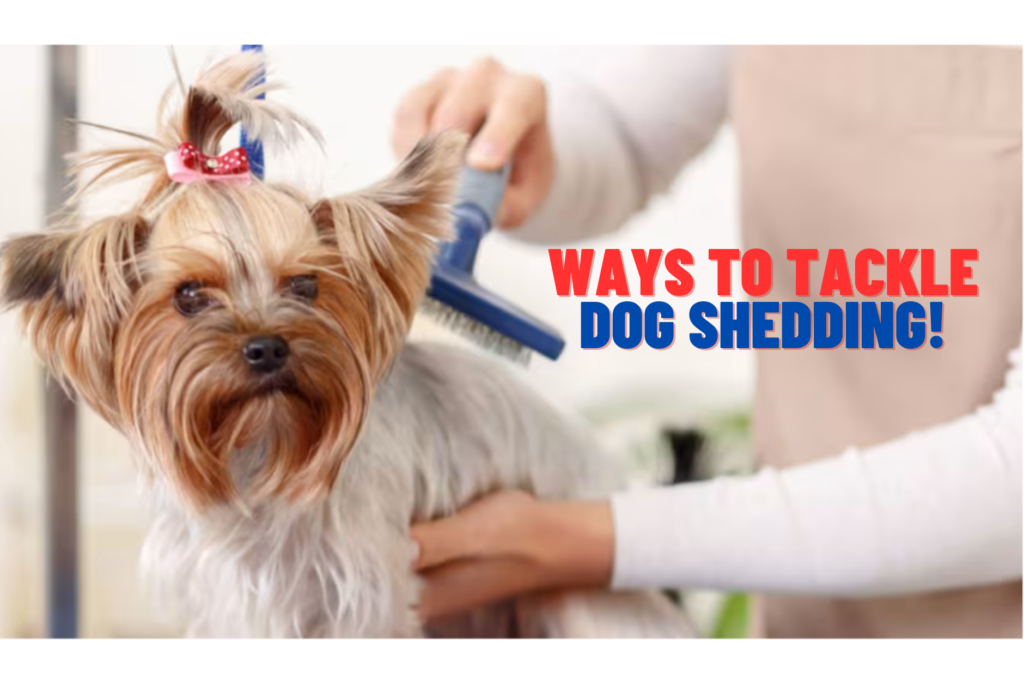
Is your doggy leaving a trail of hair everywhere they go? As a pet owner, you know the struggle of dealing with shedding all too well. It’s not just about keeping your home clean; it’s also about ensuring your dog’s coat stays healthy and comfortable. But what if there were natural ways to reduce shedding that didn’t involve constant vacuuming or expensive treatments?
I’ve discovered Ways to Tackle Dog Shedding: A Proper Guide for Dog Owners that can make a world of difference for both you and your Pet. From understanding the science behind shedding to implementing breed-specific strategies, this guide will equip you with the knowledge and tools you need to tackle excessive fur loss. Whether you’re dealing with seasonal “coat blowing” or year-round shedding, these tips will help you create a cleaner home and a happier pup.
Ready to say goodbye to fur-covered furniture and hello to a more manageable coat? Let’s dive into the world of natural shedding solutions, exploring everything from professional de-shedding treatments to dietary factors that can influence your dog’s coat health. By the end of this post, you’ll have a comprehensive understanding of how to effectively manage shedding and foster a stronger bond with your pet.
Understanding Dog Shedding Reasons
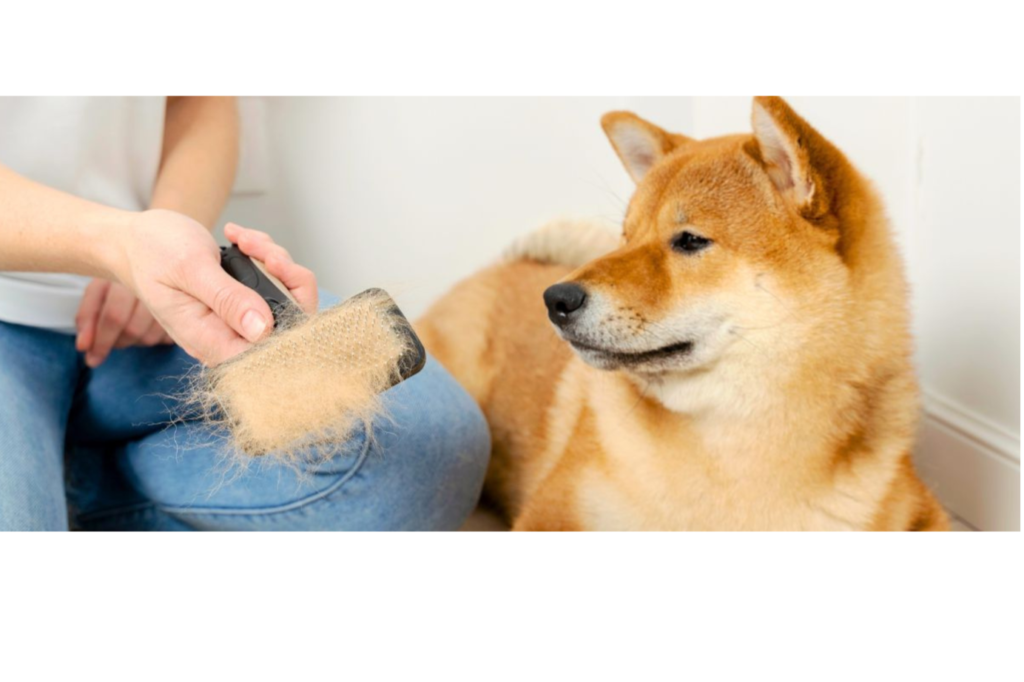
A. Seasonal shedding patterns
Dogs typically experience increased shedding during spring and fall as they adjust their coats to changing temperatures. This natural process is more pronounced in breeds with dense double coats, such as Siberian Huskies and German Shepherds. Understanding these patterns helps owners prepare for and manage shedding effectively.
B. Factors influencing shedding intensity
Several factors can affect the intensity of a dog’s shedding:
- Breed
- Stress levels
- Grooming habits
- Health conditions
| Factor | Impact on Shedding |
| Breed | Certain breeds shed more due to coat type |
| Stress | Changes in routine can trigger increased shedding |
| Grooming | Regular brushing helps control loose fur |
| Health | Underlying issues may cause abnormal shedding |
C. Unbalanced Nutrition for Coat Health
Shedding one main reason is a diet, always keep diet packed with nutrients like omega fatty acids (think fish or quality kibble) for strengthen hair and curbs excess shedding. And also, keep water bowls full, hydrated skin means less dry, flaky fallout.
D. Unclean Living Environment:
An unclean living environment is another reason for shedding, so regularly sweep or vacuum pet hair from floors and furniture, and wash their bedding to cut down on dust that can worsen shedding.
E. Impact on home cleanliness and dog comfort
Excessive shedding can lead to a messy home environment and discomfort for both the dog and owner. Regular grooming not only helps manage loose fur but also provides an opportunity to bond with your pet and monitor for potential health issues. With this understanding of shedding, we’ll next explore professional de-shedding treatments to help manage this natural process effectively.
Essential Grooming Tools for Shedding Management
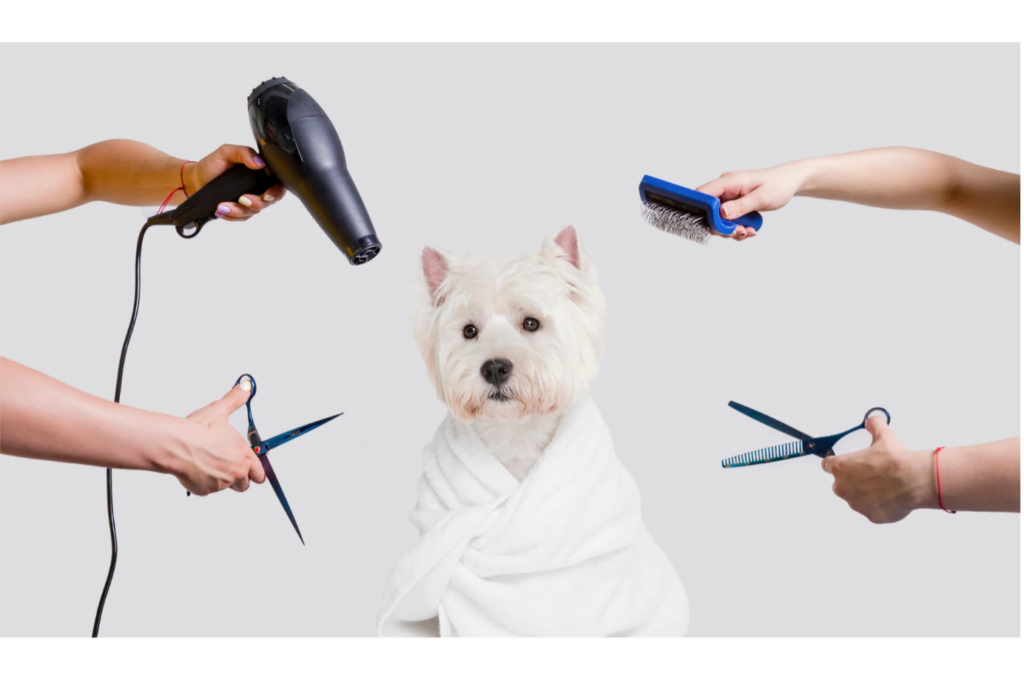
Now that we’ve explored and understand dog shedding reason, let’s delve into the essential grooming tools for managing shedding at home. These tools are crucial for maintaining your dog’s coat between professional visits.
A. Slicker brushes and their proper use
Slicker brushes are essential for removing loose undercoat hair, especially in double-coated breeds. Use them gently, moving in the direction of hair growth to avoid skin irritation.
B. High-velocity dryers for effective de-shedding
High-velocity dryers are powerful tools that blow out loose fur, dramatically reducing shedding. They’re particularly effective after bathing or during seasonal shedding periods.
C. Vacuum systems for maintaining a fur-free home
Pet-specific vacuums are designed to handle dog hair effectively, keeping your home clean and reducing allergens. Regular use can significantly decrease the amount of loose fur in your environment.
| Tool | Primary Function | Best For |
| Slicker Brush | Removes loose undercoat | Double-coated breeds |
| High-Velocity Dryer | Blows out loose fur | Post-bath, seasonal shedding |
| Pet Vacuum | Cleans up shed fur | Maintaining a fur-free home |
With these tools at your disposal, you’re ready to learn the de-shedding process in the next section.
The Step-by-Step Process of De-shedding
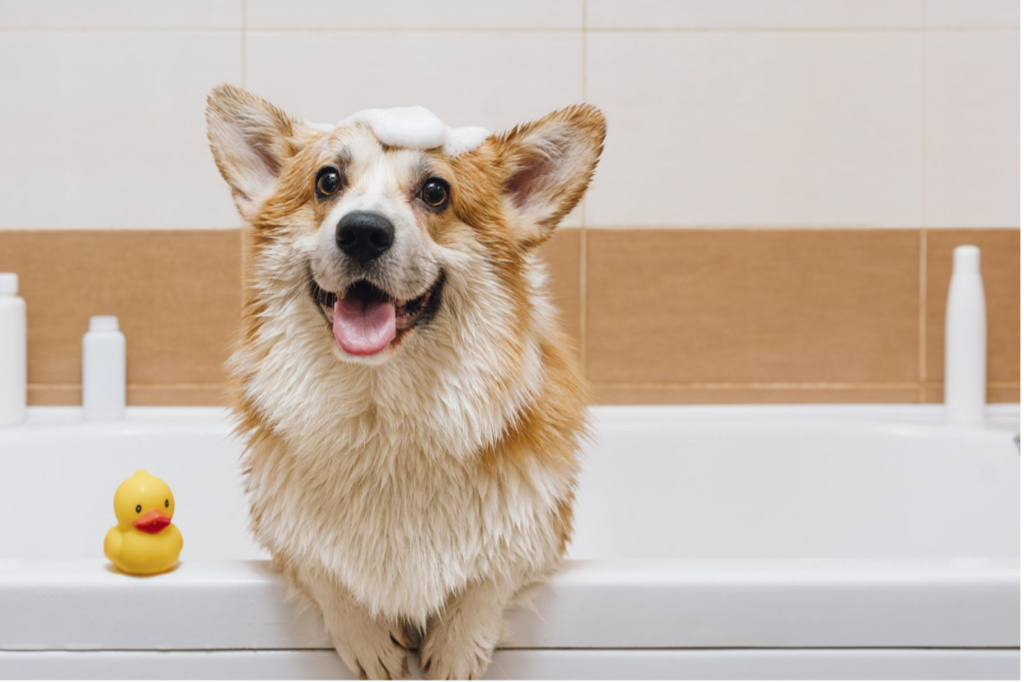
A. Assessing Coat Type and Condition
The journey to effective deshedding starts with knowing your dog’s coat. Is it short and sleek, medium with a bit of fluff, or long and flowing? Does your pup have a single coat or a thick double layer with an undercoat? For instance, breeds like Huskies have dense undercoats that shed heavily, while short-haired breeds like Beagles shed more evenly. Check the coat’s health too, look for dryness, tangles, or signs of skin discomfort, as these can influence shedding and guide your approach.
B. Pre-Treatment Preparations
Before you begin, set the stage for success. Give your dog a bath with a gentle, pet-friendly shampoo to loosen dead hair, don’t overdo it, though, as too much washing can dry out their skin. Dry them completely, since wet fur can make de-shedding trickier. Gather your tools: a brush suited to their coat, a comb, or even a high-powered dryer if you’re tackling a big shed. A calm environment and a few treats can also keep your furry friend relaxed and ready.
C. Proper Application of De-shedding Techniques
When it’s time to deshed, technique matters. Start brushing from the head and move toward the tail, following the natural direction of hair growth to keep your dog comfortable. Use a slicker brush for loose fur or an undercoat rake for thicker layers, applying light, steady strokes. Focus on areas like the back and sides where shedding often builds up. Be gentle, overdoing it can irritate their skin or damage healthy hair.
D. After Deshedding Application Techniques
After a de-shedding session, giving your dog a treat helps them associate the grooming process with something enjoyable and healthy, offer a piece of freeze-dried chicken or a homemade peanut butter biscuit.
De-shedding can sometimes cause mild skin sensitivity, especially if your dog has a thin coat or you’ve brushed a bit too vigorously. After the session, gently run your hands over their skin to check for redness, bumps, or signs of discomfort think of it as a quick health check while you cuddle.
E. Make This an Effective Grooming Routine
Turning de-shedding into a regular routine keeps shedding manageable and benefits your dog’s coat over time. Pair grooming with playtime or a treat to keep it positive, and adjust the frequency if you notice more loose fur during spring or fall.
Keep a consistent time and place, like a quiet corner with good lighting, to help your dog feel at ease. This routine not only reduces fur shedding around the house but also strengthens your bond as you care for their coat together.
Conclusion
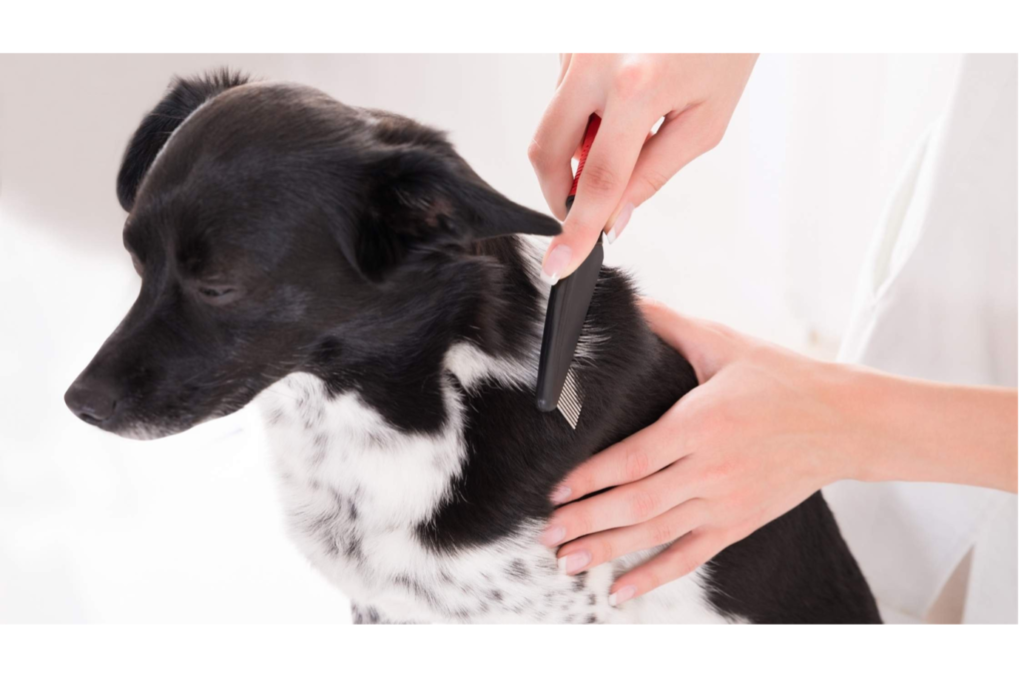
Mastering the deshedding process is about more than a clean house, it’s about your dog’s comfort and your peace of mind. By evaluating their coat, prepping smartly, using the right techniques, and building a steady routine, you’ll keep shedding in check.
Also add good food, plenty of water, and a tidy space, and you’ve got a recipe for success. Tailor it to your dog’s breed and the time of year, and you’ll enjoy a happier pet and a fur-free sofa. It’s a win-win!

